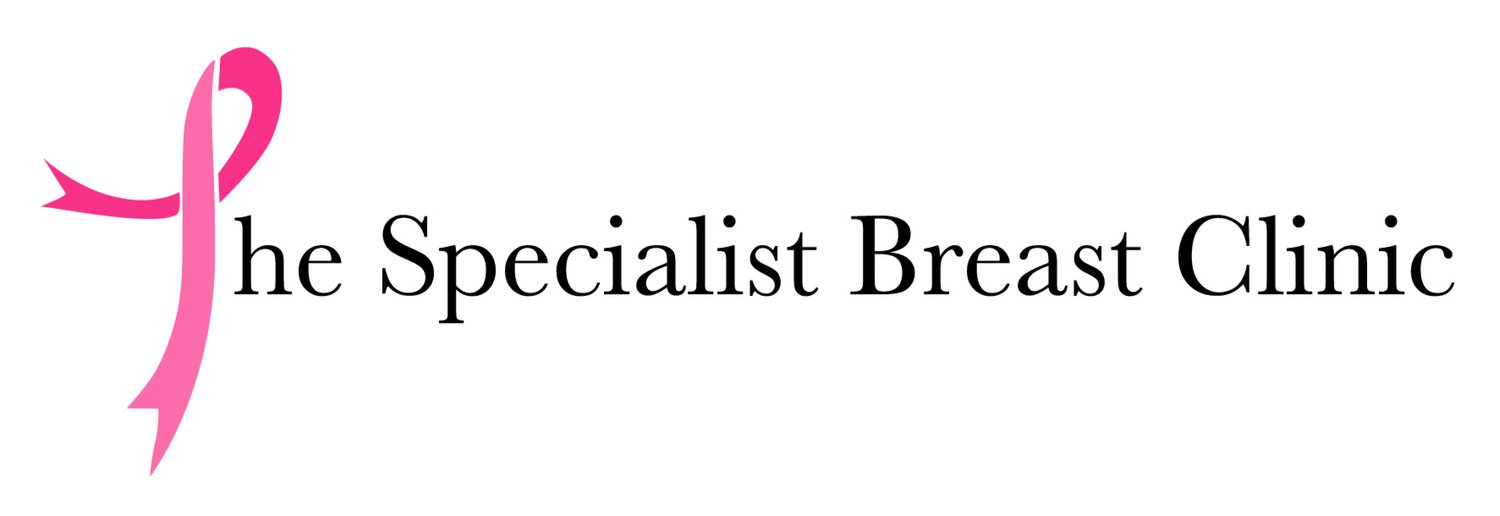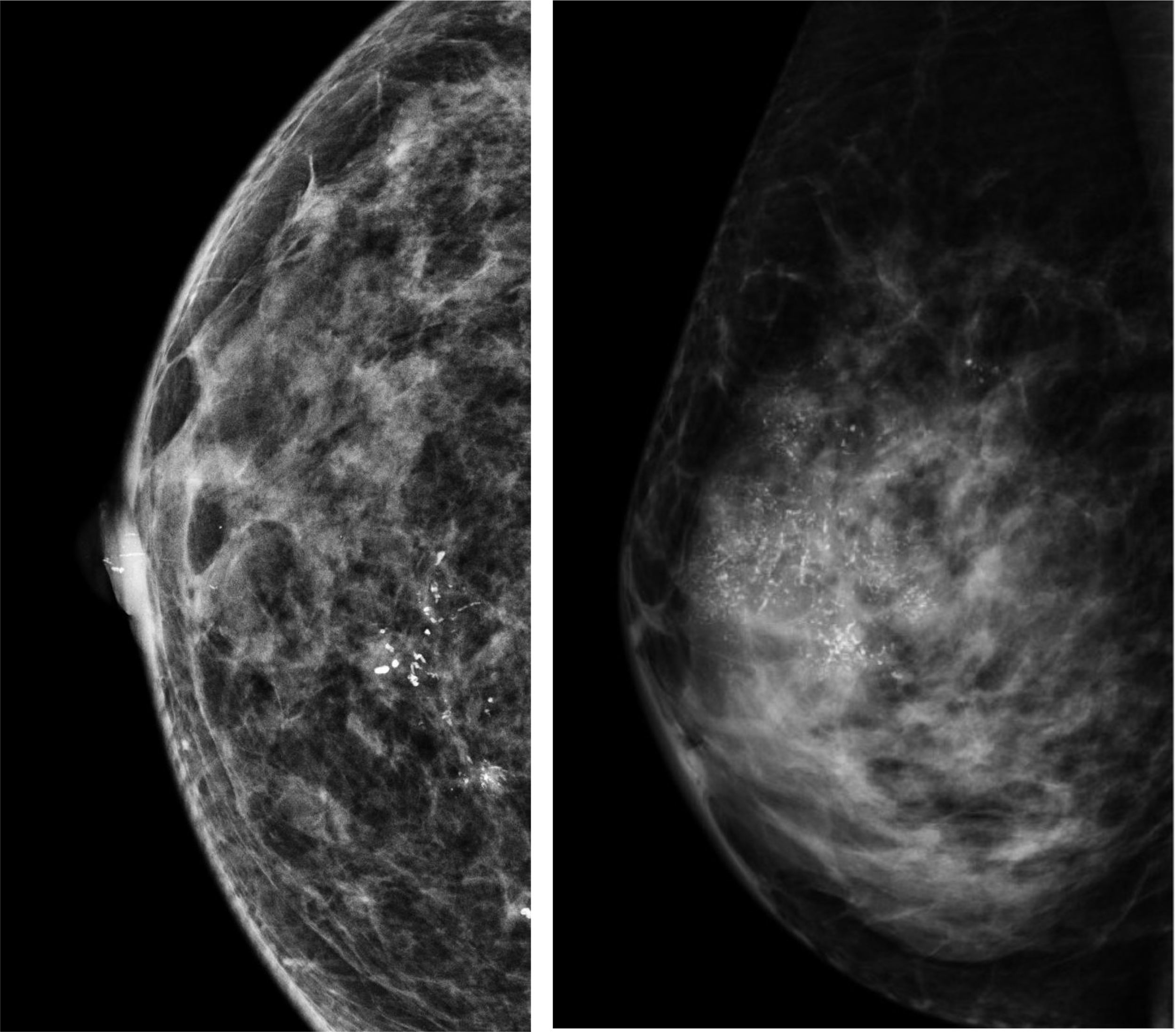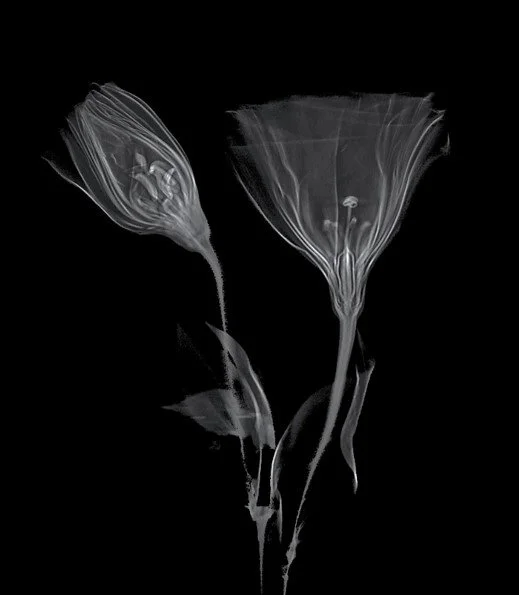
Comprehensive & Professional Care
Breast Cancer Screening & High Risk Surveillance with Advanced Breast Imaging
There is no sure way to prevent breast cancer but there is a way to detect it early. Early detection is key because treatment is most successful. I recommend getting screened regularly, even when your breasts look and feel normal because the earliest changes of breast cancer (like the powdery white spots seen here) often produce no symptoms.
There are different types of breast imaging that can be used. Here, we personalise & tailor our recommendation based on your age and risk profile.
Option of Advanced Breast Imaging with 3D mammography, Contrast-Enhanced mammography, or Breast MRI.
3D-Mammography
Allows for more accurate cancer detection and problem-solving (Image, courtesy of SWI).
3D mammography, aka tomosynthesis, has been shown to improve cancer detection because more images of the breast are obtained. This allows for superior visualisation of subtle abnormalities that may be obscured on 2D mammography. Similarly, overlapping breast tissues that may result in alarm from 2D mammography can be dismissed with precision. Contrary to popular belief, the radiation dose used in 3D-mammography is similar to that of 2D-mammography. Less breast compression is actually needed to obtain images in 3D-mammography.
Contrast-Enhanced Mammography
Its uses are similar to breast MRI:
Preoperative evaluation for extent of breast cancer disease
Post-neoadjuvant chemotherapy assessment of tumour response
Diagnostic assessment of mammographic abnormalities.
It is a cheaper and faster study that does not compromise on diagnostic accuracy.
Here, images of small tumour masses picked up by contrast-enhanced mammography are shown, with the cancer masses demonstrating as brighter (enhanced) spots against the dark (unenhanced) breast tissue on the scan.
Breast biopsy & Clip insertion
No matter how certain we are of a particular diagnosis based on clinical and radiological findings, it is—after all—an educated guess.
A breast biopsy (a procedure to remove a sample of breast tissue for examination under the microscope) allows for confirmatory tissue diagnosis and is integral to a complete evaluation of breast abnormalities. These are performed using direct image-guidance to ensure accurate sampling of desired area.
Clips are usually inserted at the time of biopsy or before the start of chemotherapy. Here are mammogram images showing clips of various shapes and sizes.
These markers are MRI-compatible and safe to remain inside the breasts. They will not set off any metal-detectors, as commonly feared.
Surgery for Benign Breast Diseases
Excision of breast lumps, accessory breasts, gynaecomastia surgery, microdochectomy, open drainage of breast abscesses.
These types of surgeries are considered minor and patients are usually discharged home the same day.
Cryoablation
Cryoablation kills the tumour by using extreme freezing temperature that is delivered via a specialised needle called cryoprobe. During the procedure, a cryoprobe is inserted through a small 5mm skin incision into the centre of the tumour. An iceball is created to engulf tumour, thereby killing it (Image, courtesy of Icecure Medical). There is NO surgery to remove the treated tissue; it is left inside your breast for the body to rid of it naturally.
Used as an alternative to surgery, this method has been approved in 2010 by the FDA and endorsed by the American Society of Breast Surgeons as a “safe, efficacious, and durable” treatment for fibroadenoma.
Recently, there has been promising data from Japan and USA on the use of cryoablation (as an alternative to surgery) for the treatment of selected type of early breast cancer. Its use for this purpose is currently deemed as non-standard.
Surgery for Breast Cancer
Surgery is usually the mainstay of treatment for EARLY breast cancer. With early breast cancer, various surgical options are available, so don’t fear it. Cure is possible. If reconstruction is desired—and it’s a very personal choice—we work with a team of experienced plastic surgeons to ensure optimal result and best outcome to lessen the psychological impact of undesired disfigurement.
Options:
Minimal Scar Breast-Conserving Surgery with Oncoplastic Remodelling
Minimal Scar Nipple or Skin-Sparing Mastectomies
Sentinel Lymph Node Biopsy (Dual Technique)
Targeted Axillary Dissection or Axillary Clearance
“We must accept finite disappointment, but never lose infinite hope".”
Martin Luther King Jr.








